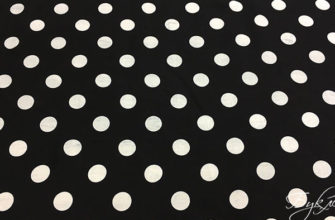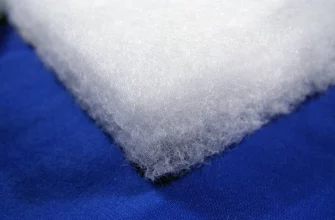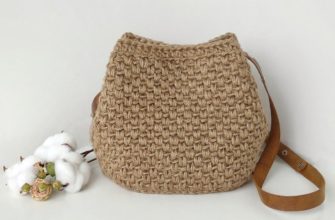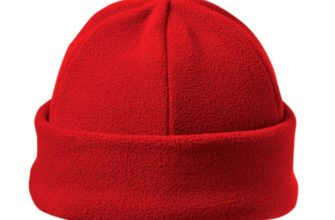Many people have faced difficulties in choosing a coat. Despite the variety of colors and styles, not everyone can be satisfied with the quality of the item bought in the store. What kind of fabric should a coat be made of? A great option would be to have a coat made to order. Before going to the studio, you should not only decide on the style, but also choose high-quality fabric. But before that, you should figure out what coats are made of.
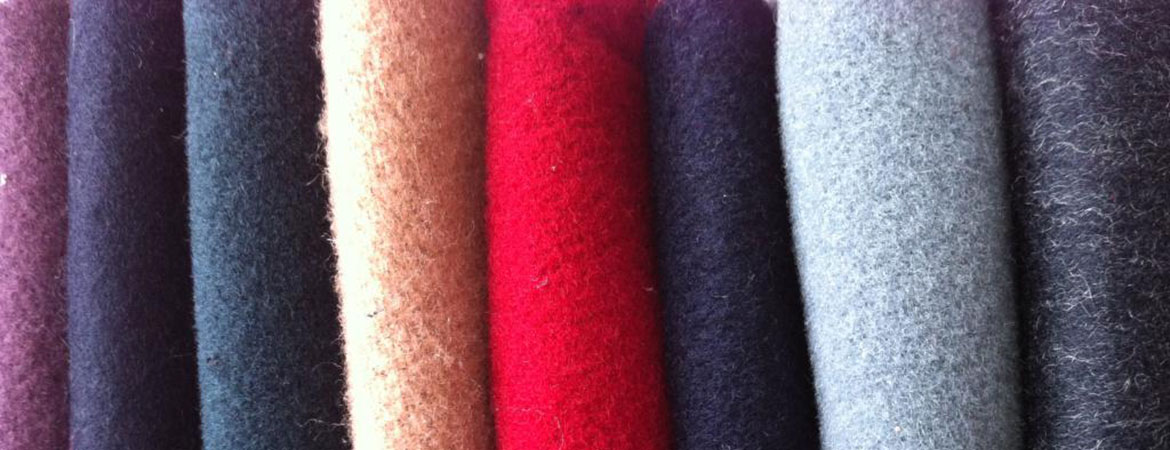
Selection criteria
There are different types of fabrics for coats. There are many of them for sewing, when choosing, you should pay attention to the composition and structure of the material, because it is these characteristics that determine how comfortable and warm the item will be when worn. Coat fabric should be selected depending on the season of wear.
The main function of winter outerwear is to protect against the cold. For sewing for the winter period, a material with a loose structure is suitable. Such fabrics retain heat well and, at the same time, have a neat appearance, without making the item bulky, as is usually the case with winter clothing. A fabric coat is a centuries-old fashion.
Wool is the most popular and is very diverse, used both in pure form and with the addition of artificial materials, lavsan and nitron.
Names of types of wool in coat fabric:
- Camel wool;
- Alpaca;
- Mohair;
- Lama;
- Angora;
- Merino wool.
The most common materials for sewing demi-season fabric options:
- Drape;
- Tweed;
- Velours;
- Cashmere;
- Boucle.
Important! These types have a light thick structure, are easy to process and drape, and hold their shape. Thick fabric for coats - boucle - is used to sew items of voluminous styles that look very stylish and unique. Thin smooth ones are used to sew narrow fitted coats for the warm autumn-spring period.
Characteristics of coat fabrics: basic requirements, types of processing
Below are the characteristics of fabrics for coats.
Fine wool coats
Coat cloth is used to sew dresses, suits and coats. Various types of wool yarn are made from cloth using a machine method. They are soft and have excellent heat-protective properties. As a rule, coat cloth with a pile and a felt-like surface belongs to fine cloth fabrics. The main types of materials from this group are drape and cloth.
Wool and semi-wool
Pure wool products are 100% wool. Outfits made from them are very warm and soft, but have a number of disadvantages. Such products are almost impossible to wash in domestic conditions, as they shrink and lose their appearance.
Semi-wool contains from 10 to 89% wool, and also contains lavsan, nitron, viscose, cotton, nylon and other substances. Semi-wool fabric is more resistant to washing and is not inferior in its heat-protective properties to pure wool.
Cotton and others
Cotton fabrics occupy the leading place in the range of textile products. They are very easy to use and wear-resistant. As a rule, they are made in Turkey. Basically, casual clothes, dresses, suits, underwear are sewn from such fabrics. Cotton fabrics are also used for sewing demi-season and summer coats. These fabrics include the following:
- Velvet scar;
- Knitwear;
- Ribbed coat fabric;
- Raincoat fabric;
- Boucle;
- Polyester.
Cashmere 2-sided
Double-sided cashmere consists of 60% wool and 40% cashmere. As a rule, such fabric is made in Italy and is the most common for sewing demi-season coats. Cashmere is very soft to the touch and elegant in appearance, does not roll. Suitable for sewing such styles as a robe coat, cocoon, duffle coat, as well as children's coats.
Please note! Wool for cashmere is made not from the hair coat, which is sheared, but from down, the undercoat, which is combed out. This is the reason for the high cost of the product.
Tweed
Tweed is made from sheep wool and dyed with natural dyes. It is distinguished by its brightness, durability and density, protects from cold and wind. Tweed is a classic, over the years they do not lose their popularity. The first bright option of all types.
Tweed has many varieties:
- Christmas tree;
- Bedford Cord;
- Shepherd cage;
- Donegal;
- Covercoat.
Drape
Drape is made from various types of wool with the addition of viscose and nitron. A distinctive feature of such material is the pile, which can be short, fluffy and pressed.
In its softness, drape resembles cashmere and has high thermal insulation, protects from the wind, such fabric is quite easy to use.
Boucle
Boucle is made from thick wool yarn with the addition of cotton, viscose and silk. Most types of boucle have patterns such as houndstooth, chicken foot, checkered, striped. It can be used to sew a coat with a voluminous style or a straight cut.
Alpaca
Alpaca is one of the warmest. It is made from the fur of alpaca animals, which are bred in South America.
Very soft, has thermoregulation, has a slight shine, has dirt-repellent properties, is waterproof, strong and durable. Alpaca is used to make winter and demi-season outerwear.
Please note! This fabric is often used for sewing children's clothing, as it is hypoallergenic.
Camel wool
A coat made of camel wool is an undoubted trend. It is made by shearing the wool from a camel. Usually, such material is not dyed, leaving a natural brown-brown color, which gives the product a unique look.
Picture 7 Camel wool coat
Important! Coat made of fleecy fabric, has healing properties, does not injure the skin and is hypoallergenic.
Camel wool has many advantages:
- has high thermal protection functions;
- practically does not get dirty;
- has lightness;
- is resistant to weather changes;
- does not wrinkle.
Velours
Velour is made of wool and has a long pile, is soft and velvety. The composition includes natural and synthetic materials. The advantages of such fabric include: wear resistance, durability, retains heat well, does not wrinkle.
Important! A coat made of soft fabric requires special care, only delicate washing and a special temperature regime are used, otherwise the velour may settle and lose its appearance.
A velour coat is an element of a demi-season or summer wardrobe and is usually worn in warm, windless weather. Despite the fact that velour retains heat well, it is not resistant to precipitation.
Cloth
Cloth is a woolen and semi-wool model, made using the plain weave method. Merino, camel or sheep wool is used in production. Very dense fabric, the fibers do not shine through. The positive properties of cloth include: strength and density, good thermal insulation, wind protection, practicality, water resistance, wrinkle resistance.
Jacquard
Jacquard is one of the oldest types, consists of natural cotton, linen, silk and synthetic fabrics. It has a very interesting appearance, usually decorated with various patterns and designs. It is not difficult to recognize and choose it, jackets, blazers and coats are sewn from jacquard. The positive properties of the fabric include: wrinkle resistance, strength, resistance to washing, durability. Despite its strength, the fabric is very soft and light.
Please note! Jacquard fabric has a fairly large range of colors and a unique weave that makes the item elegant.
Beaver
Bobrik is a type of coarse pile, consisting of sheared rex rabbit fur, with short standing pile, quite strong and heavy. Winter and demi-season coats are sewn from beaver.
Important! Beaver products cannot be washed at home; they should be dry cleaned.
The choice of color is also important when sewing a coat. Pastel colors are suitable for everyday wear, but bright colors are best worn with evening wear.
Now it is clear what fabric the coat is made of, you can safely go to the studio. There are a lot of options, but the choice always remains with the buyer.


